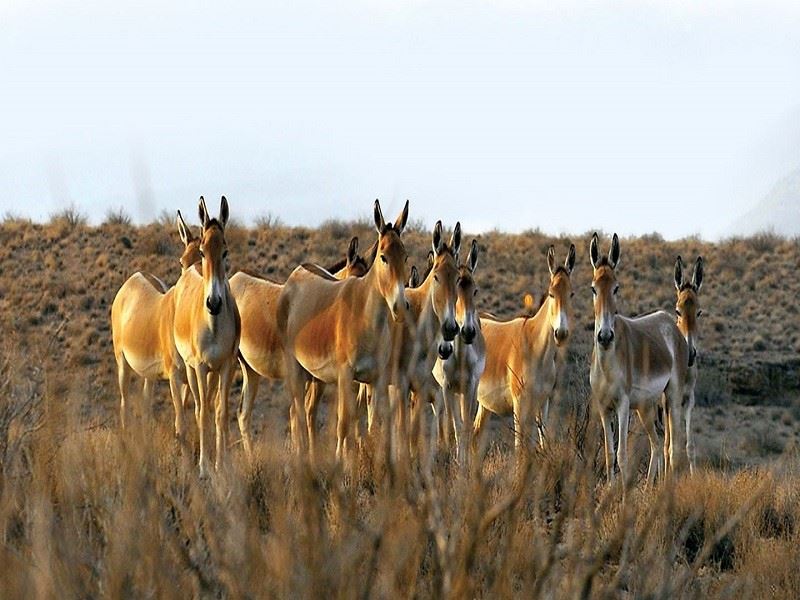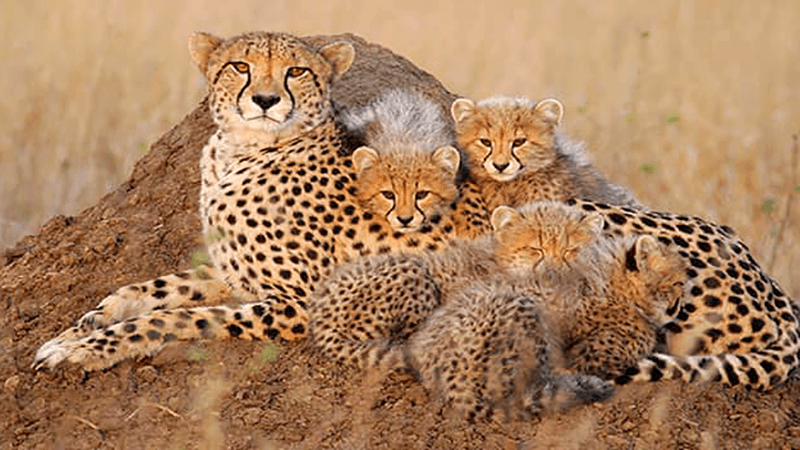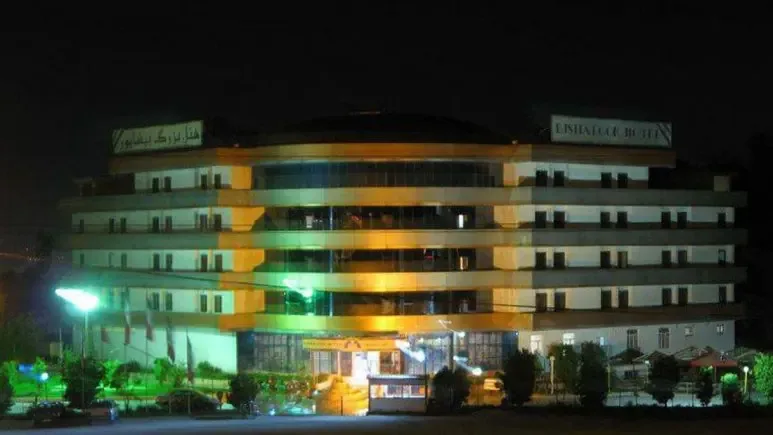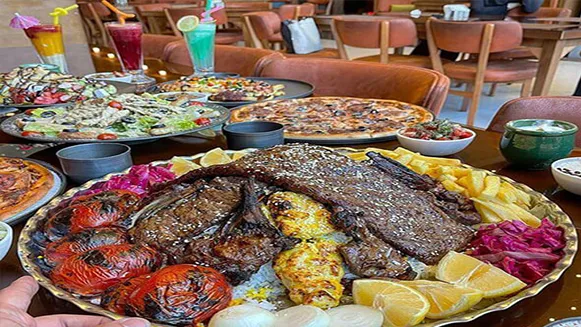Khartoran desert of Iran’s lost Africa
Have you ever traveled to Africa? What attracts travelers to expensive tours to another continent? The presence of various animal species in an ecosystem makes nature tours appealing. How would you feel knowing that more than 300 different species coexist in a single area? Have you ever seen 300 different species of animals in one environment? These days, one of the popular nature destinations is the Kavir-e Khar-Turan Desert. Due to its proximity to protected national parks, nature tours and environmental protection organizations organize multi-day tours to Khar-Turan.
To travel to the African region of Iran, you need to reach Semnan Province. There, a pristine plain and diverse wildlife await your arrival. Join Gulf City Pedia for a journey to Khar-Turan.
Click here to read more information about all the spectacular and different deserts in Iran.

How to reach the Khar-Turan Desert?
The African Iran or Kavir-e Khar-Turan is located at the easternmost point of Semnan Province, 250 kilometers southeast of Shahroud, adjacent to Khorasan Province. If you plan to travel to this hidden gem of Iran, it’s better to leave it to nature tours as the access route to the desert is only navigable by jeeps or off-road vehicles. The Turan Protected Area is situated in the southwest of the Tehran-Mashhad road, in the east of Tarood District, west of Zamanha District, and northeast of the Central Desert of Iran.
Tourist attractions of Khar-Turan Desert:
The Khar-Turan protected area is divided into three different zones. The entire expanse of Khar-Turan desert covers an area of 1.4 million hectares. Of this vast plain, 8% constitutes the Khar-Turan National Park, 75% is the wildlife sanctuary, and 17% is the protected area of Turan.
Khar-Turan is the second-largest protected area in Iran, harboring rare species of plants and animals within its boundaries. It is the largest biosphere reserve in Iran and the second-largest in the world after the Serengeti in Tanzania.
Apart from wildlife documentaries broadcast by the media, have you seen a Persian leopard elsewhere?
In the Khar-Turan region, you can easily spot the Iranian leopard behind protective fences on the region’s research site. Observing these wild animals outside the flat and lifeless screens of television and mobile phones brings nature lovers and tourists to life.
Not only the Iranian leopard but also the Iranian jerboa has chosen the Khar-Turan Desert as its habitat.
Khar-Turan’s biosphere includes 41 species of mammals, 167 species of birds, 42 species of reptiles, 2 amphibian species, and 72 species of snakes. Animals such as wolves, foxes, red foxes, sand cats, caracals, wildcats, sand cats, Persian leopards, caracals, wildcats, Persian wildcats, hedgehogs, partridges, bustards, sand gazelles, Indian hedgehogs, hoopoes, and various finches, jibers, deer, sheep, hoppers, ravens, and reptiles like tortoises live in this area.
It’s interesting that only 72 snake species live in Khar-Turan, with 63 of them being terrestrial and 9 species being marine.
The diversity of animal life to this extent in the region attracts every nature tour towards Khar-Turan.

Tourist attractions around Khar-Turan:
If you have come this far in Iran, be sure to include a visit to the Qatārband Forests and the Abbasabad Double-Branch Mountain area in your itinerary.
The village of Polkanī Qal’ehbālā is another tourist attraction around Khar-Turan.
Two pleasant and beautiful villages around Khar-Turan are the Turan Wildlife Gate villages and the village of Rezaabad.
In the village of Rezaabad, see nomads up close and get acquainted with their unique way of life. This opportunity may not be found in any other part of Iran.
Where to stay in Khar-Turan?
Before going to Khar-Turan, think about booking accommodation in the area. If you want to spend a night in the style of charming desert villagers, you should go to the surrounding villages. Qal’ehbālā village with the eco-lodge Bibi Zahra is one of the options close to you. Also, the eco-lodges Qal’eh Amir Khan and Klut Desert can host you.
Feel free to ask if you need any more information or if there’s anything specific you’d like to know!








